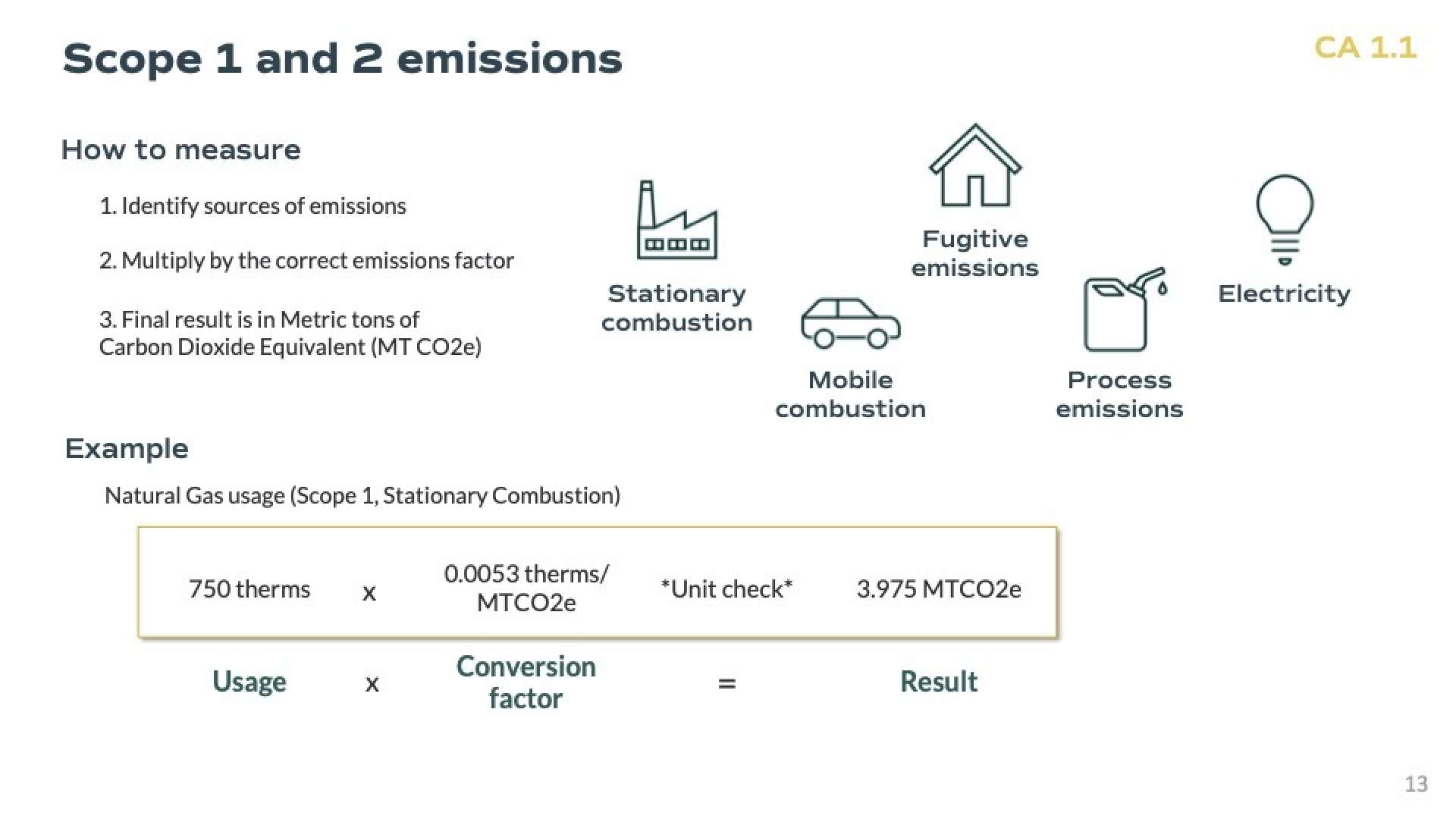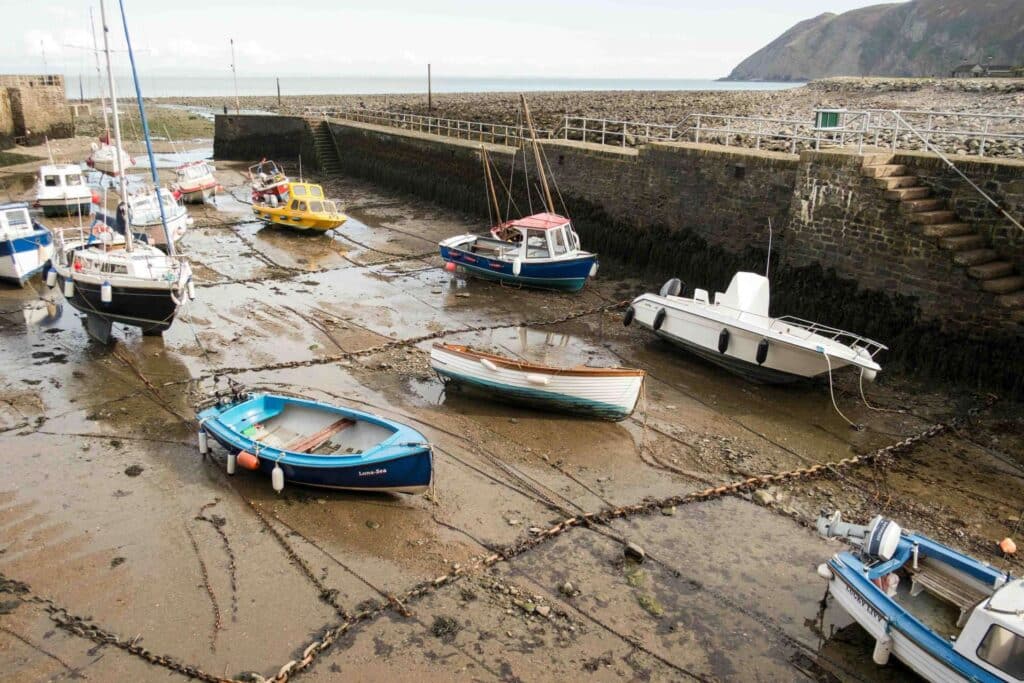As a small business, you may wonder why measuring your greenhouse gas (GHG) emissions is crucial. The reality is, small and medium-sized businesses (SMBs) represent over 90% of the business population, provide over 60% of employment, and account for 55% of GDP in developed economies. This significant footprint means that even small businesses can make a substantial impact on climate change mitigation efforts.
Setting Up Your Measurement Process
1. Define Your Goals
Before you start measuring your emissions, it’s essential to define your goals. Are you aiming to satisfy regulatory requirements, improve your product design, or enhance your environmental marketing attributes? Your goals will determine the level of detail and quality of data needed. If you plan to use the data internally, you may not need a high level of detail to start. However, if you plan to make marketing claims about the eco-friendliness of your product, you will need robust data and quality control.
2. Set Your Base Year
Choose a base year that is representative and for which data is available. This year will serve as a benchmark against which you can measure future emissions. Look for the earliest year in which you have data available, and make sure that year was representative for your business. Businesses are avoiding setting base years during the covid pandemic because of how suppressed their sales were.
3. Set Your Boundary
Decide the scope of your measurement. This could be based on equity share, financial control, or the operational control approach. Most small businesses with simple corporate structures will use the operational control approach, in which you count 100% of emissions associated to the operations that you have control over. If you have a complex corporate structure, or are an investor or financial institution, educate yourself on the different approaches in the GHG Protocol’s Corporate Standard.

Measuring Emissions
Identify Emission Sources:
Emissions are categorized into three scopes as per the GHG Protocol:
- Scope 1: Direct emissions from company-owned and controlled resources.
- Stationary Combustion: Emissions from stationary sources such as boilers, furnaces, and generators.
- Mobile Combustion: Emissions from company-owned vehicles and other mobile equipment.
- Refrigeration and Air Conditioning: Emissions from refrigerants used in HVAC systems.
- Purchased Gases: Emissions from gases purchased and used in various processes.
- Scope 2: Indirect emissions from the generation of purchased electricity.
- Scope 3: All other indirect emissions in your value chain, such as purchased goods and services, waste disposal, and business travel.

Collect Data
Gather data on your energy use, fuel consumption, and other relevant activities. Tracking Scope 1 emissions involves collecting data for heating and cooling your buildings (including owned or leased facilities), fuel used for mobile combustion (including owned or leased vehicles), refrigeration and air conditioning, and purchased gases. Scope 2 emissions focus on the electricity purchased for your operations. Much of your Scope 1 and 2 data should be available to you through utility bills, fuel receipts, and travel logs. If you are not currently tracking these items, part of your process should involve a semi-regular way to collect the missing data for your emissions inventory.
Enter Emissions Factors
There are seven greenhouse gases under the GHG Protocol, and each has a different potency in the atmosphere. For example, Methane is 25x more potent than Carbon Dioxide as a contributor to global warming. As such, for comparability, emissions information is communicated in carbon dioxide equivalent, or CO2e. Use emissions factors to convert your activity data into CO2e (carbon dioxide equivalent) emissions. Emissions factors can be found for free in various sources. The EPA is a great source for this data and the information is updated annually.
Resources
Several tools and resources can help small businesses measure and manage their GHG emissions:
- SME Climate Hub’s Normative Calculator: For organizations with fewer than 150 employees.
- EPA’s Simplified GHG Calculator: An Excel-based tool for tracking Scope 1, 2, and some Scope 3 emissions.
- GHG Protocol Corporate + Value Chain Standards: The leading global standards for GHG accounting.
Measuring your GHG emissions is not just about compliance; it’s about future-proofing your business. By understanding and managing your emissions, you can mitigate risks, improve efficiency, and enhance your brand’s reputation. Start today, and make a positive impact on the environment while securing the long-term success of your business.



